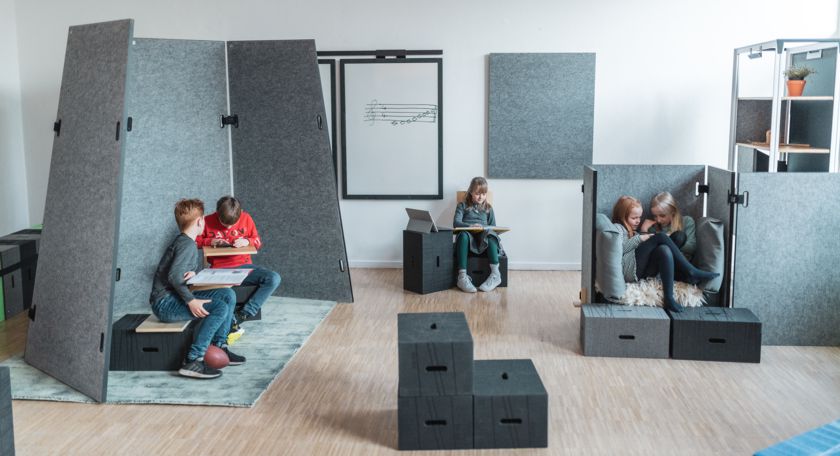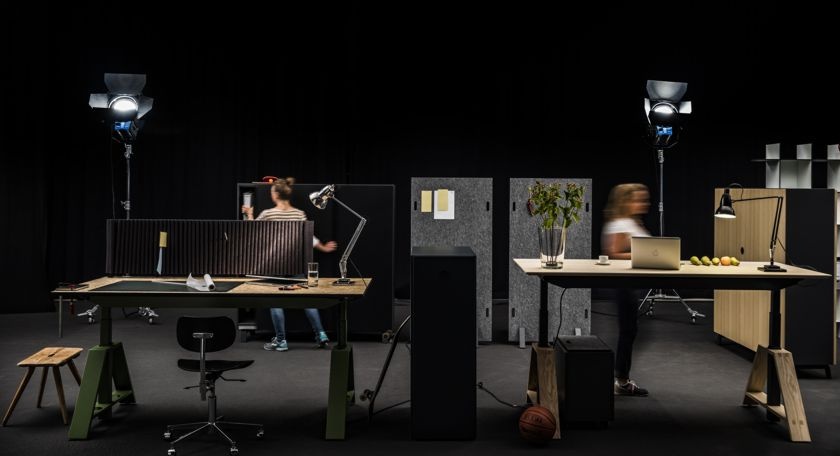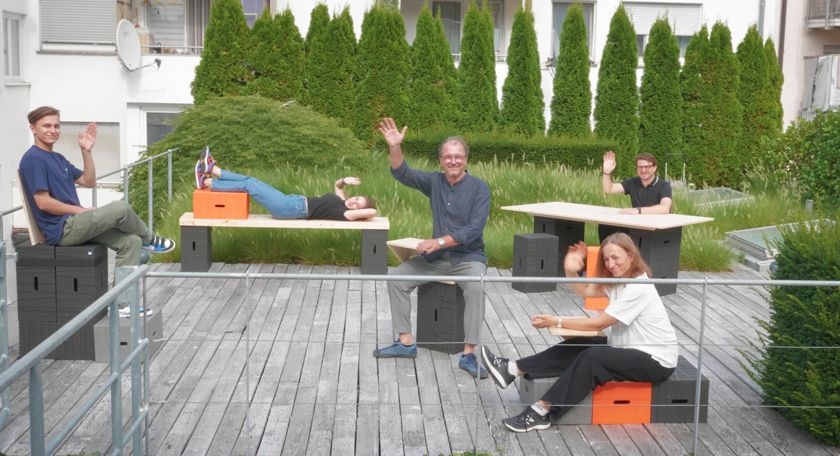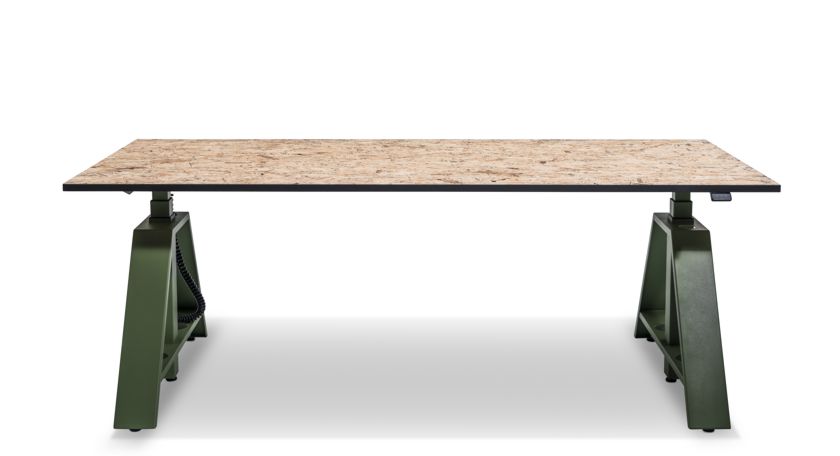wd3 GmbH
The Stuttgart design and development firm was co-founded by Frank Westermann and Michael Daubner in 2016. Westermann is head of Karl Westermann GmbH + Co. in Denkendorf, a company that has its roots in the fit-out and interiors sector and is now increasingly positioning itself in the office furniture market too. The ideas and concepts come from wd3, but the firm also works for other clients.
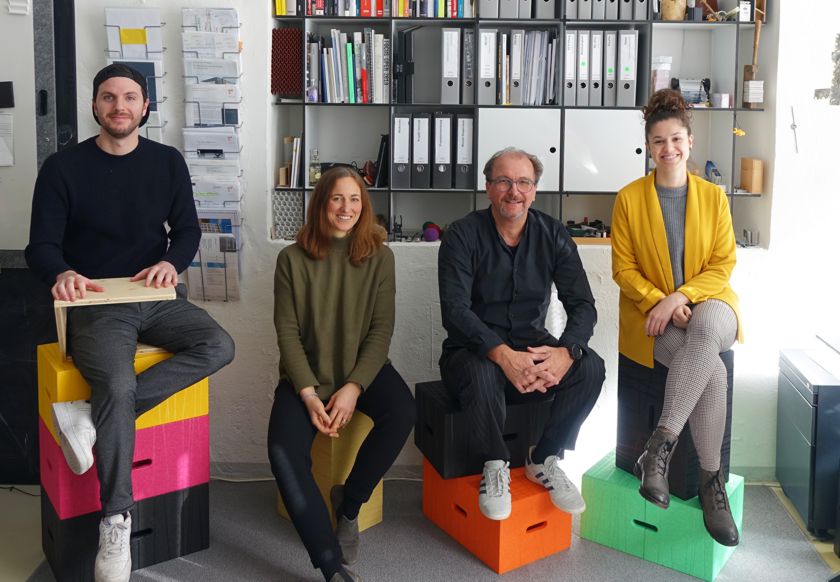

The core team of wd3: Santiago Bloise, Helen Scholz, Michael Daubner and Rebekka Reeber (photo: wd3)

